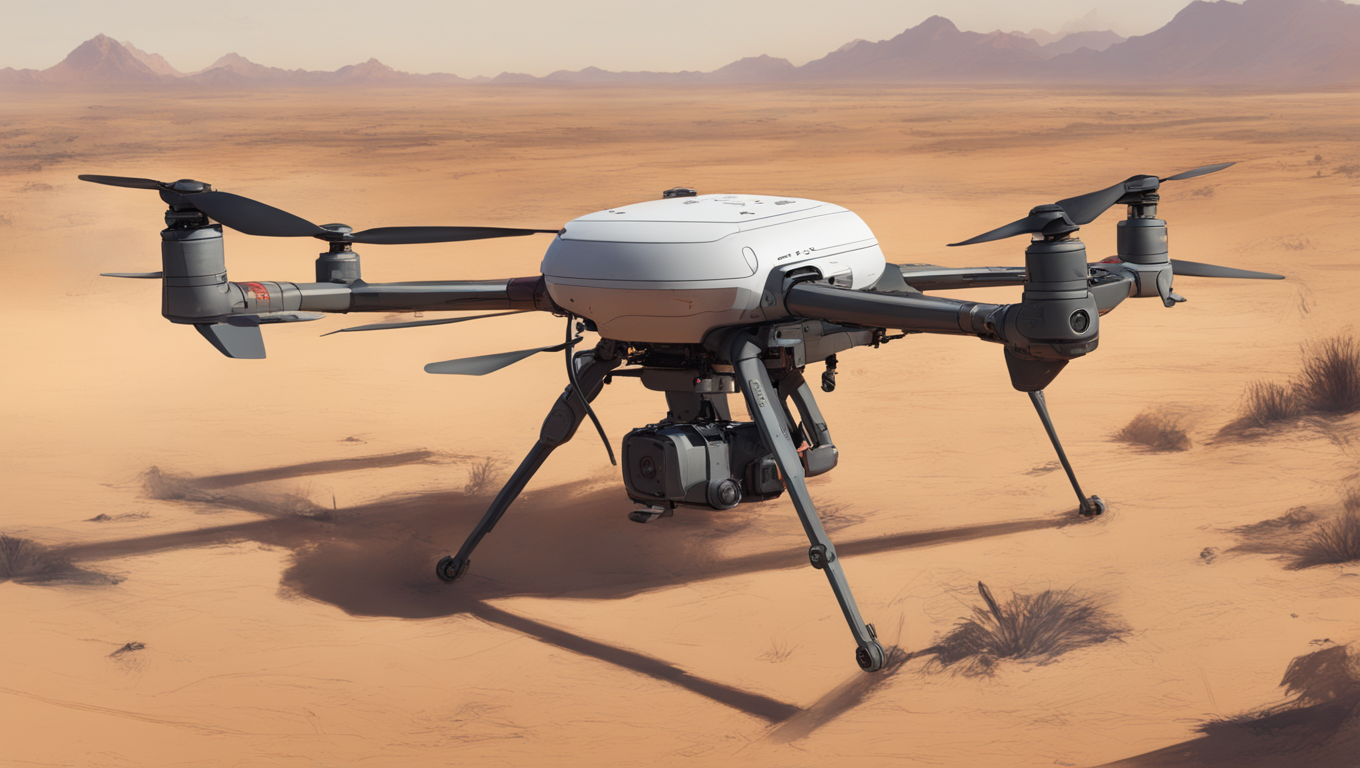AI has proven to be a versatile tool that can go beyond answering questions and producing images. In recent years, it has even been instrumental in saving lives. Take the International Committee of the Red Cross, for example. In 2019, they began incorporating AI technology to improve the detection of anti-personnel landmines. Before AI came into the picture, human experts had to manually analyze infrared images from mine-detecting drones. This process was not only time-consuming but also prone to inaccuracies. With AI, the operators are now assisted by a technology that can quickly flag suspicious images, making the entire process more efficient.
Erik Tollefsen, the Director of the Red Cross Weapons Contamination Unit, explains the impact of AI in this context, saying, “It’s as if the analyst has a thousand assistants at his side.” The Red Cross has provided the computer with thousands of categorized infrared images, allowing it to learn the different patterns and autonomously recognize the presence of mines, their size, type, and exact location. This is an example of machine learning at work.
The Médecins Sans Frontières foundation has also recognized the potential of AI in saving lives. They have been testing AI technology as part of their AI4CC project, which aims to improve the accuracy of cervical cancer diagnoses in remote areas such as Malawi. In these regions, resources are scarce, making it difficult to properly identify illnesses. As a result, up to 30% of women who test negative are falsely reassured by doctors, unaware that they already have cancerous lesions. Thousands of lives are being lost every year as a result. By utilizing AI, these lesions can now be detected with over 90% accuracy, thanks to the computer’s ability to analyze and classify recorded images. What’s more, AI can be integrated into cervical analysis instruments called colposcopes, making it a practical solution for resource-limited settings.
The potential applications of AI in humanitarian efforts extend beyond medical diagnoses. For instance, AI can also contribute to disaster prevention and response. Google’s Flood Hub is an example of how AI is being used to more accurately predict natural disasters, allowing communities to better prepare and safeguard against these events. In collaboration with the European Space Agency (ESA), UNICEF has developed AI models to predict and combat diseases like Dengue fever in subtropical countries.
AI has undoubtedly become a powerful tool for humanitarian organizations, enabling them to better protect populations and enhance our quality of life. Its potential is vast and varied, and we are only scratching the surface of what it can do. As AI continues to advance, we can expect even more innovative and impactful uses in the years to come.





Use the share button below if you liked it.